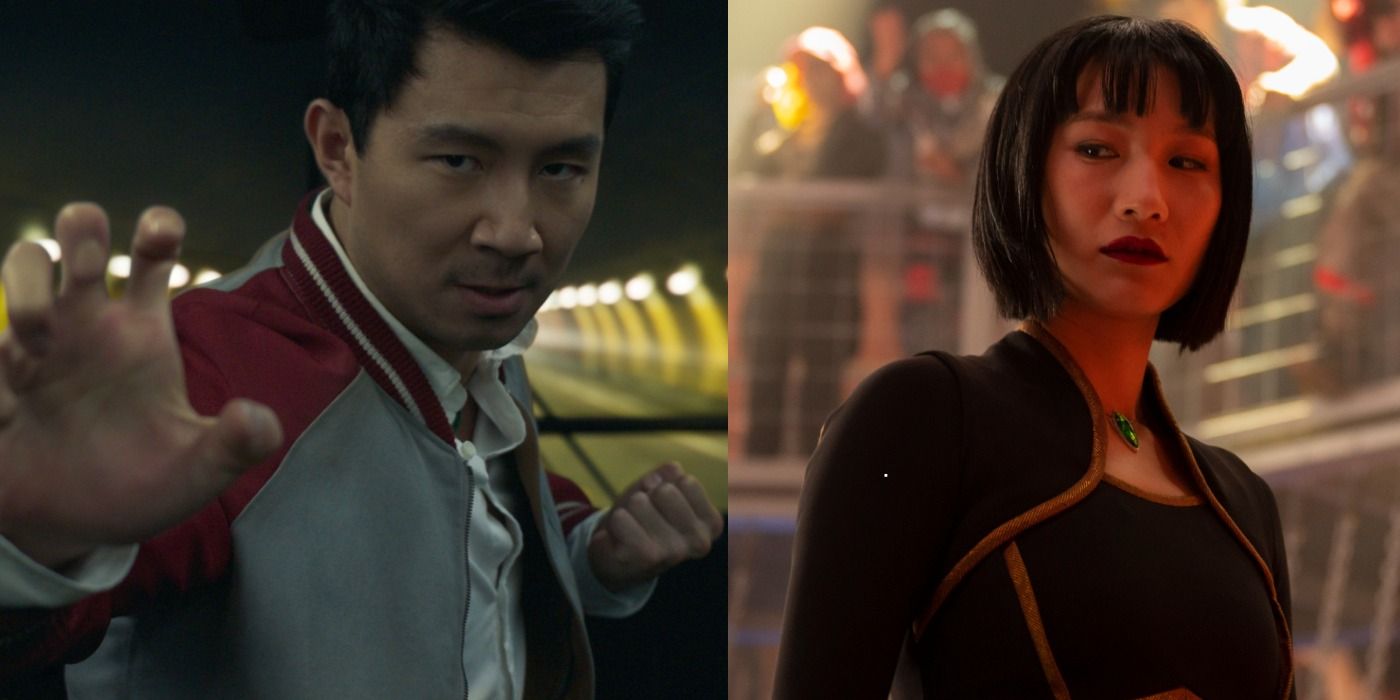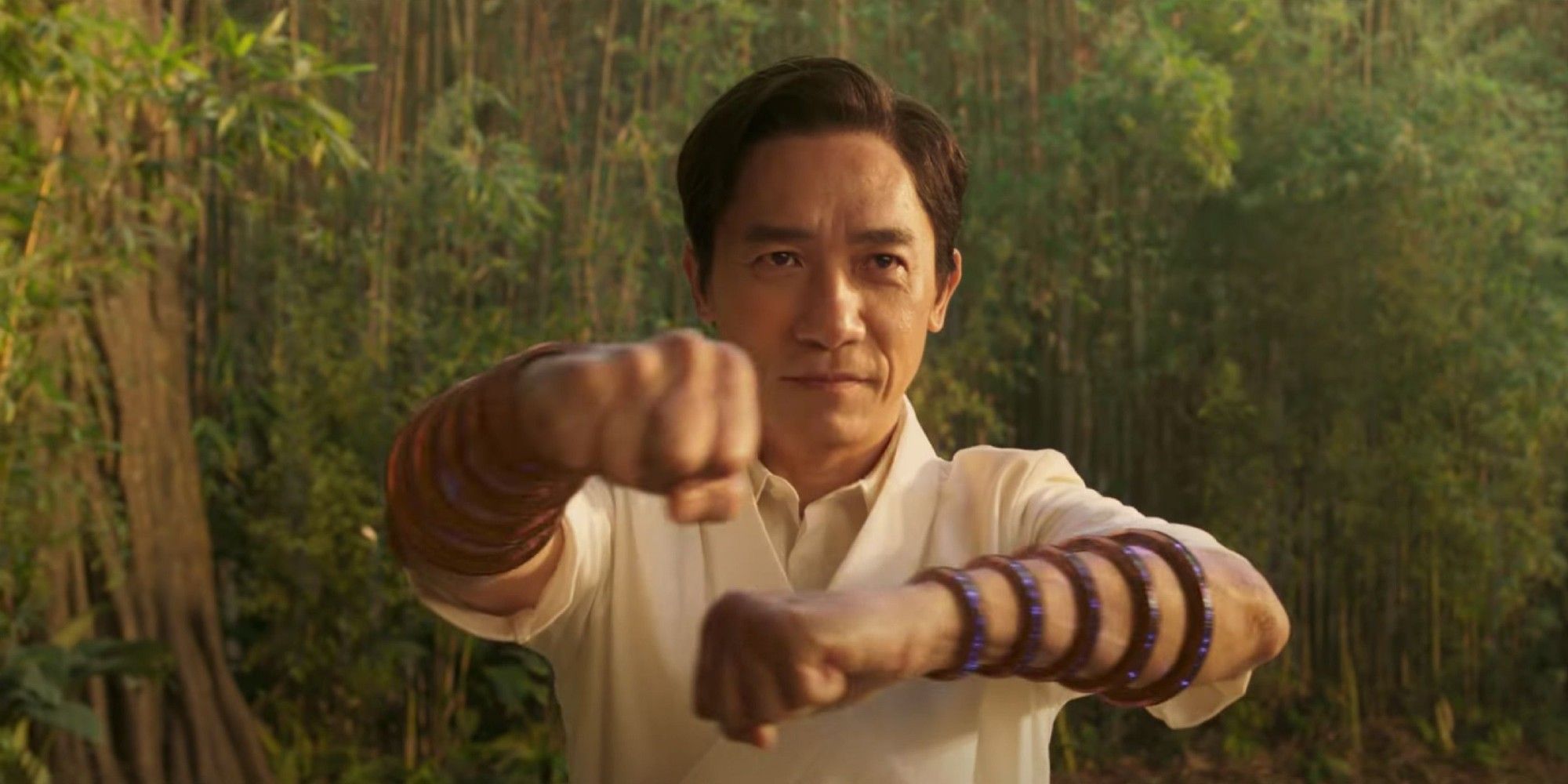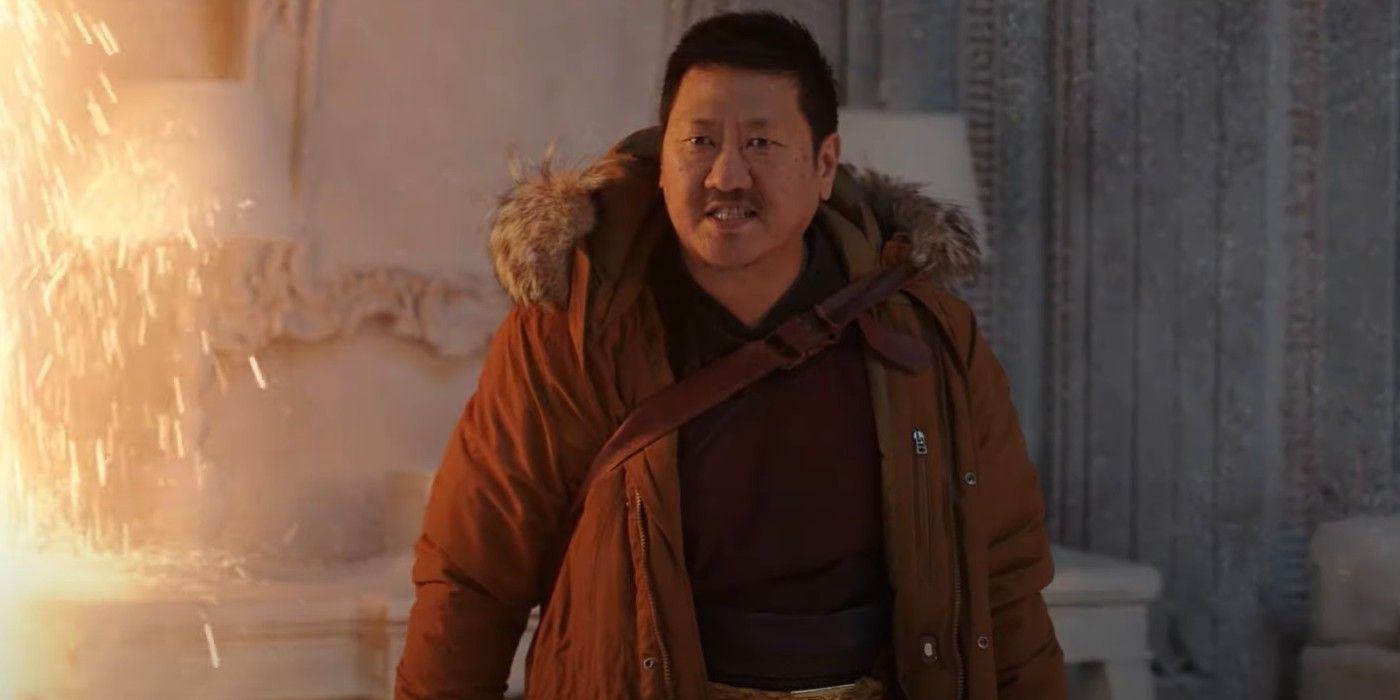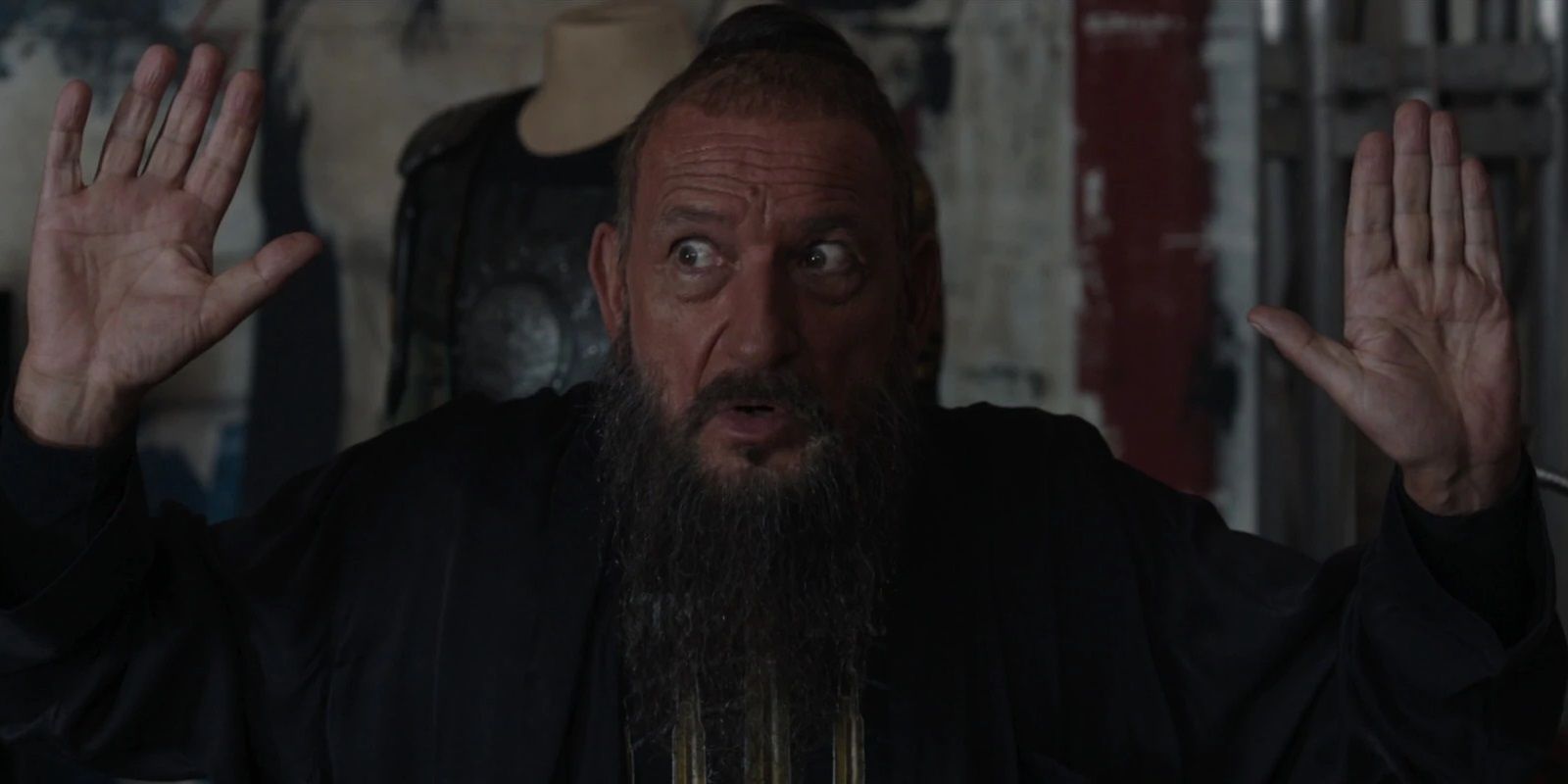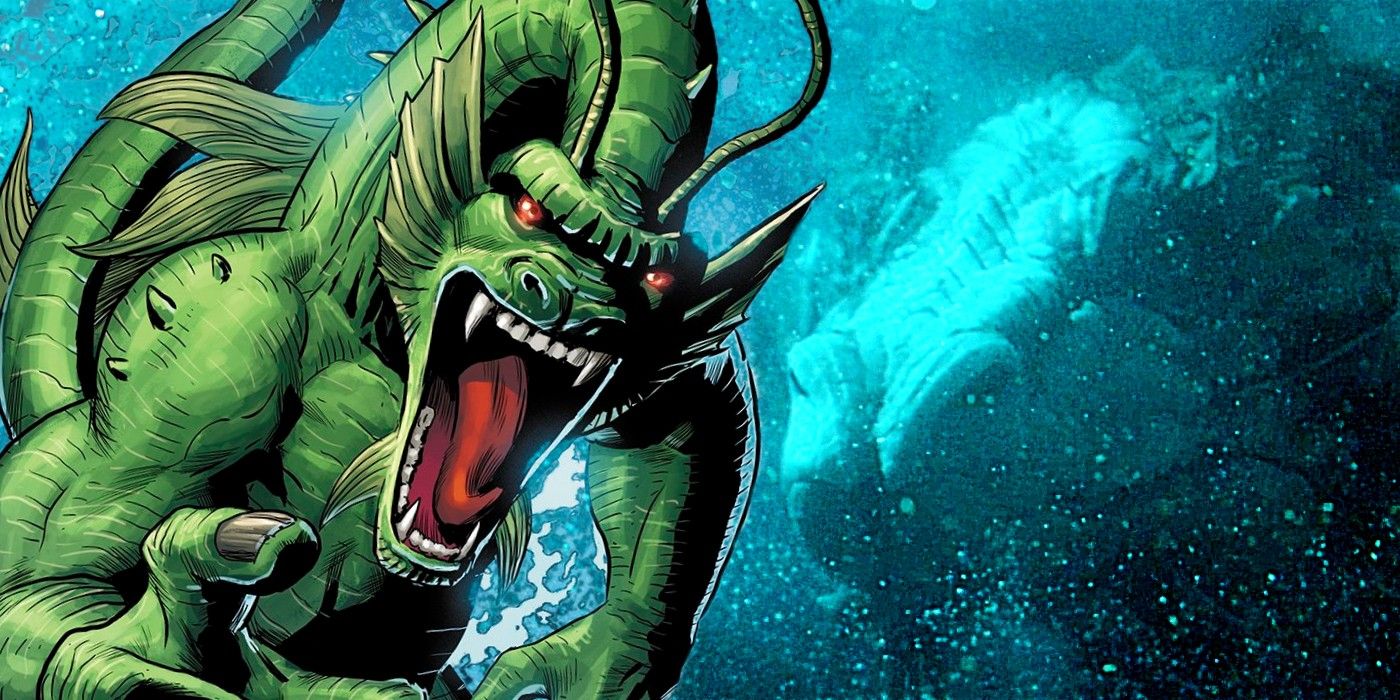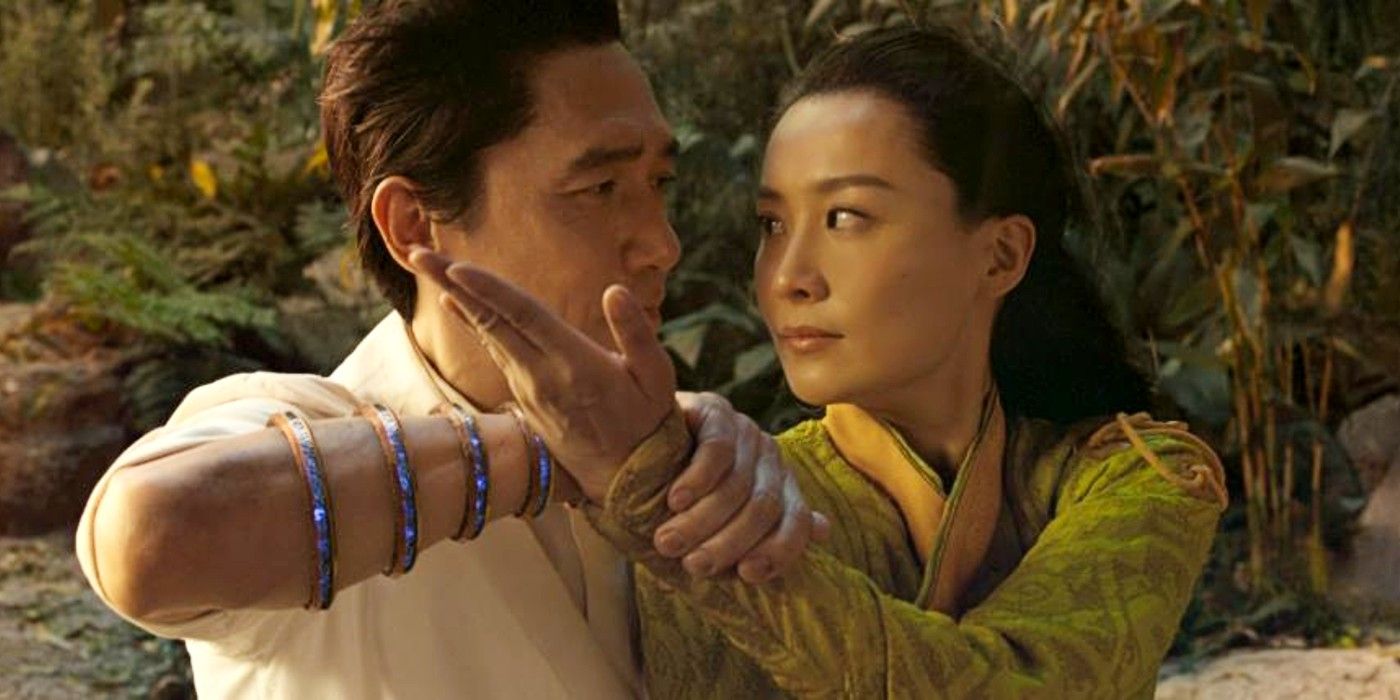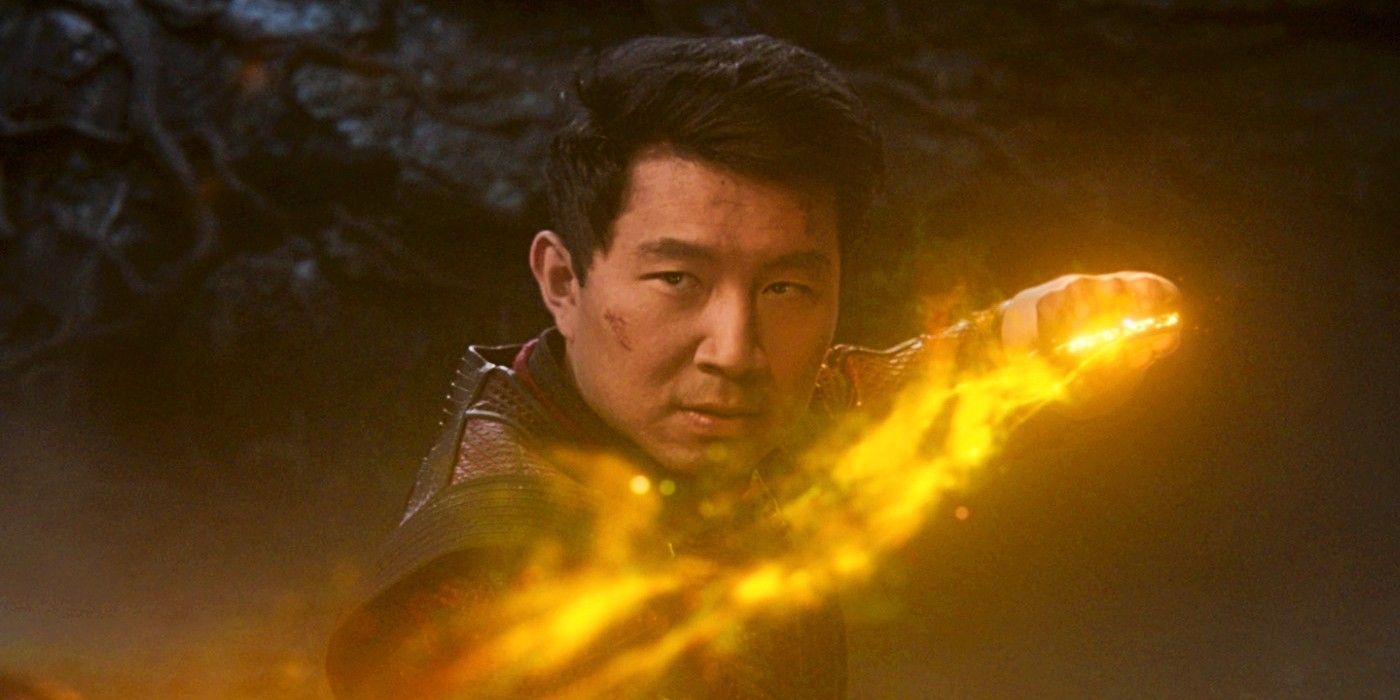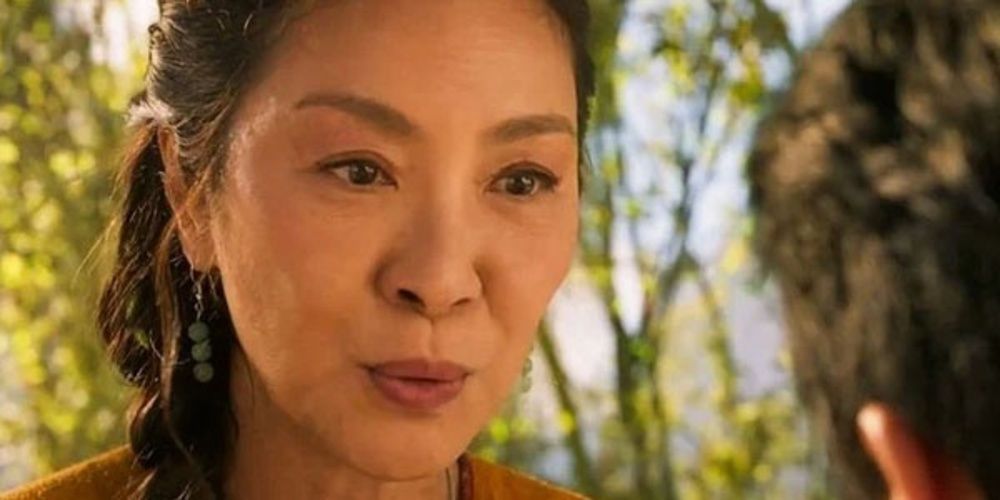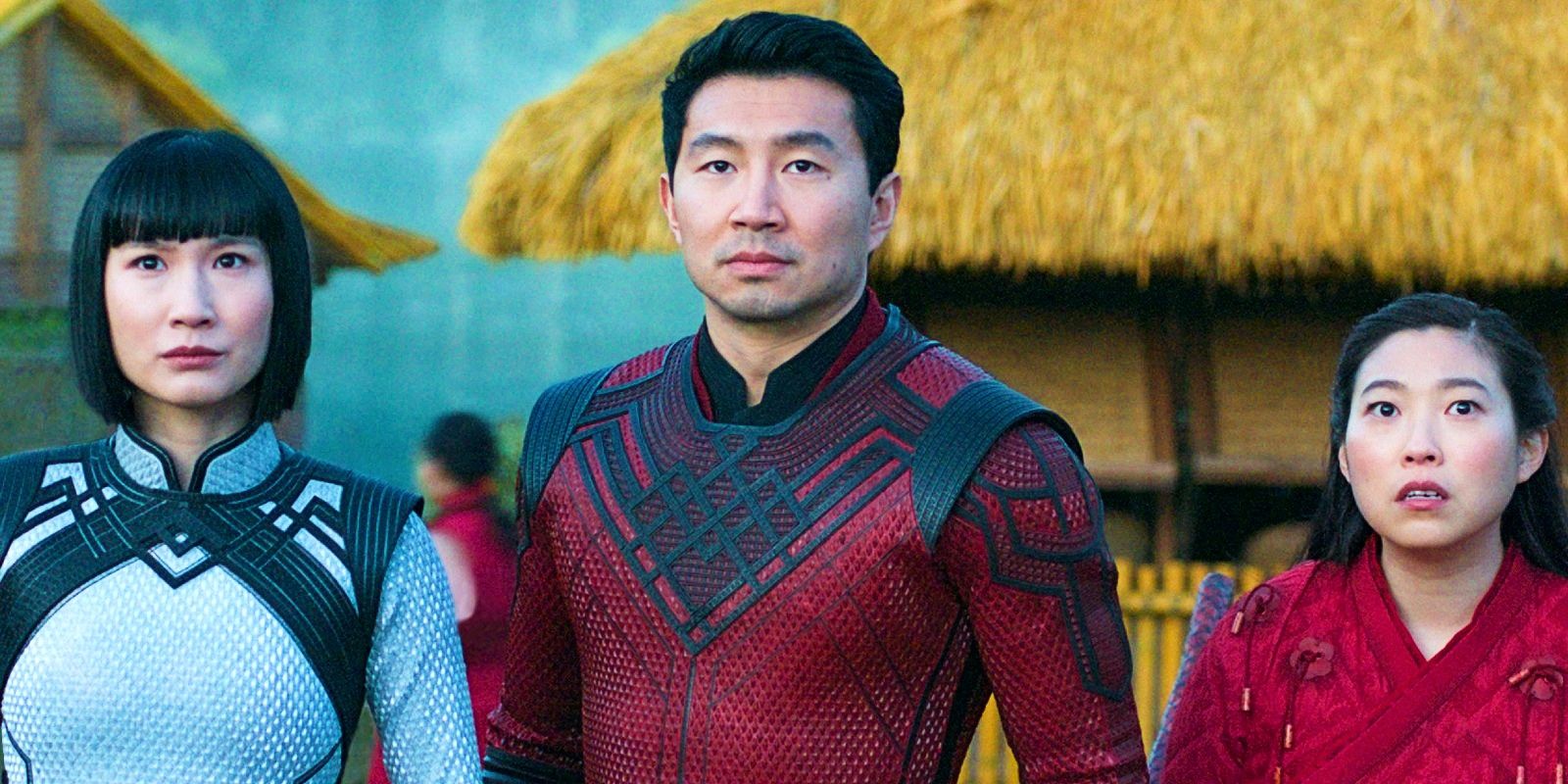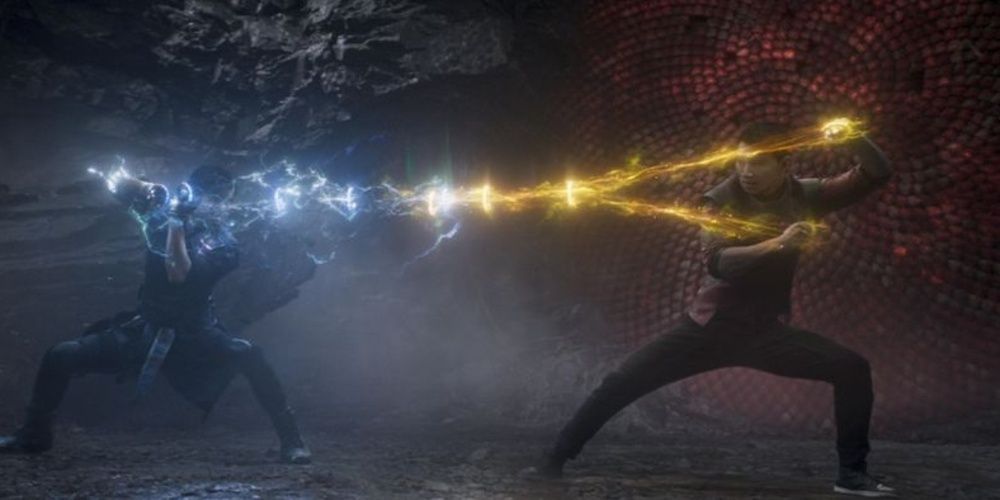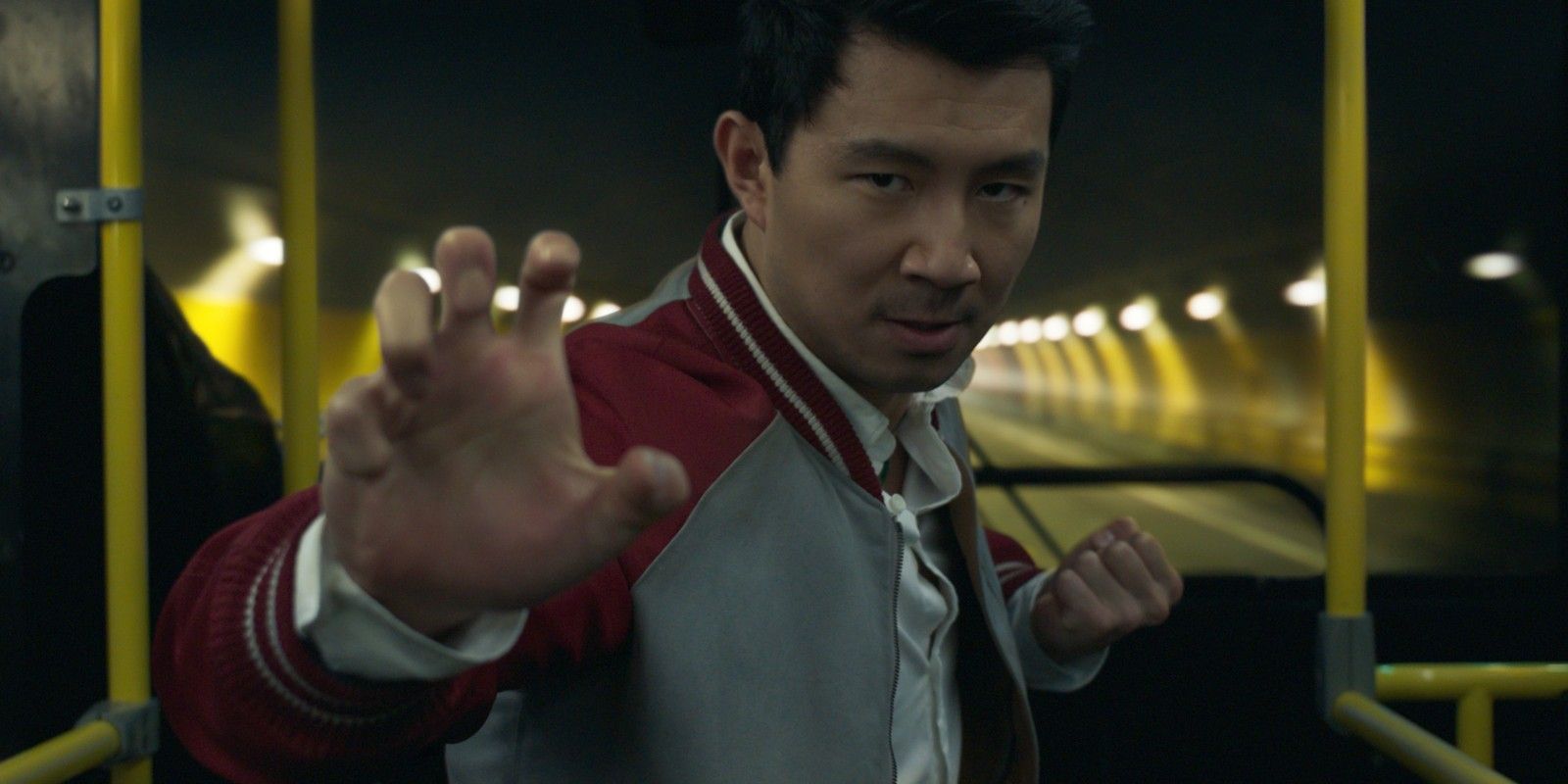The Marvel Cinematic Universe has used a tried-and-tested formula for over a decade. The elements needed for an MCU movie comprise several tropes that the series has since become associated with. Shang-Chi and the Legend of the Ten Rings’ premise of Shang-Chi protecting the village Ta Lo from his villainous father had all the making for these tropes to be included and such was the case.
To the benefit of the movie, it made great use of the usual aspects of the MCU and has been critically acclaimed. Everything from the plot to supporting characters like Wenwu, Ying Nan, and more, had some kind of trope associated with them. Overall, some of these were used better than others and it’s worth looking into the big hits and slight misses.
Redemption Through Death
The usage of this trope has seen a number of redemption arcs in the MCU come this way. This includes times like the formerly villainous Loki sacrificing himself against Thanos for Thor, and Yondu redeeming himself as the father figure for Star-Lord by saving him at his own expense. Shang-Chi continued this practice with Wenwu giving up the Ten Rings to empower Shang-Chi to defeat the villain.
Wenwu had spent the entire movie opposing his family and was the one to release the Dweller-in-Darkness in the first place and his demise was meant to make up for what he did. It worked well enough for him to not be seen as wholly evil but was a bit late in the story to make a full impact.
Hooks That Setup A Sequel
This will always be present in the franchise, no matter if it’s an average entry or one of the best-reviewed movies in the MCU. It’s a way to set up not just the direct sequel but what’s to come in the series as a whole.
Shang-Chi placed larger sequel hooks than most by having Wong, Bruce Banner, and Captain Marvel appear in the stinger, with the heroes telling him that the Ten Rings were acting as a beacon. While the trope’s inclusion was well done to hype up the future, it was still unneeded as it took away the impact of the movie’s main story for fans to focus too much on the post-credits scene.
References To Other Movies
Being part of a larger universe, it’s natural for this trope to be used, although it can be tiresome if employed in excess. Shang-Chi didn’t lay the references in too thick, apart from the stinger’s reference to Bruce’s damaged arm from Avengers: Endgame and Captain Marvel’s role in The Marvels.
The movie alluded to Iron Man 3 in order to explain the confusion between the fake Mandarin and the real one, as Wenwu revealed Trevor had been impersonating him the whole time. Another great callback was toward Abomination, which reminded fans of his earlier role in the series to possibly set up his appearance in She-Hulk.
A Kaiju Enemy
The MCU tends to dole out Kaiju-level enemies for heroes with magical or super-powered backgrounds. This was seen in movies like Thor: Ragnarok with Surtur, Guardians of the Galaxy Vol. 2 with Ego, and Doctor Strange with Dormammu.
The trope was in play with the Dweller-in-Darkness, who manifested as a giant monster that necessitated Shang-Chi to seek the aid of the equally huge Great Protector to combat the villain. All in all, it was a cool sight for such enormous beasts to duke it out even if it was similar to other MCU enemies.
Respect In Defeat
Characters tend to become friends or romantically involved after fighting one another and realizing just how talented they are. This was shown in The Avengers when Thor became friends with Captain America and Iron Man after they held him off, and in Black Panther when T’Challa showed mercy to M’Baku as they turned from enemies to allies.
Shang-Chi took on a romantic turn and tied this aspect in a good way into the story by showing that Wenwu’s change was a direct result of Ying Li’s influence. It was then that Wenwu realized he wasn’t as powerful as he thought when he was defeated by Ying Li. She, in turn, grew to respect his tenacity of spirit and the two became lovers and spouses.
MacGuffin Drives The Plot
This is perhaps the most overused trope that’s similar in both the MCU and the DCEU as it’s a comic book movie staple. It places an object or weapon as the basis for the story’s events, with the hero and villain fighting to control it.
Shang-Chi had the Ten Rings play this role, with the Dweller-in-Darkness seeking to harness its power. What the movie did well was to downplay its importance until the end in order to make the characters’ story arcs take center stage. Shang-Chi only took control of the Ten Rings by the end when he’d proven himself, which allowed the MacGuffin to feel earned.
The Wise Mentor Character
Comic book movies generally have a supporting character who appears simply to provide the main protagonist with a springboard to reach the highest of their potential. Characters like Tony Stark, Nick Fury, Hank Pym, and Steve Rogers, all fit this trope and Shang-Chi had Ying Nan fill this role.
It didn’t come across as forced in any way, though, as Ying Nan’s status as Shang-Chi’s aunt and the protector of Ta Lo provided justification for her to appear this way. As the movie was also reaching the point where Shang-Chi needed to accept responsibility, Ying Nan was used as a way to apply the wise mentor trope and guide the hero into doing what he needed to.
A Team Of Heroes
This trope entails the hero forming a team that goes up against the forces of evil as a unit, meaning the main protagonist isn’t the only one to defy all the odds. Shang-Chi invoked this brilliantly by developing everyone from Katy, Xialing, Ying Nan, and even Trevor to an extent, as worthy parts of Shang-Chi’s group.
It culminated in the all-out battle between the hero team versus the Dweller-in-Darkness’ minions, leading to everyone having a part to play in the conflict rather than sitting on the sidelines.
The Villain Dominates A Fight
This trope has a character (usually the villain) take down another in a one-sided battle in order to establish their powers. If done right, these scenes can very well become the most rewatched scenes in the MCU. It was seen in Thanos’ defeat of The Hulk in Avengers: Endgame, along with Killmonger’s dominance of T’Challa in Black Panther.
The same happened with Shang-Chi against Wenwu, with the latter completely outmatching his son during their early clashes in the movie. It was highly relevant to the story, however, as it drove Shang-Chi to Ta Lo and engage in the necessary training from Ying Nan. This led to the protagonist also learning about his heritage to usher in his full-on heroic turn, making his eventual victory over Wenwu all the sweeter.
The Protagonist's Moment Of Glory
For a movie like Shang-Chi, where the main character didn’t dominate fights through most of the story, it was important to employ this trope. It comes about when the heroes seem to have lost, only for the protagonist to turn things around in an incredible fashion. Notable MCU examples include Thor's entry in Wakanda in Avengers: Endgame and the Guardians' control of the Power Orb to save Xandar.
Shang-Chi got his moment of glory at the end of the movie when the scene took a slow-motion cut to show him embracing the power of the Ten Rings to defeat the Dweller-in-Darkness in tandem with the Great Protector. It came across just as epic as intended, as every character turned their sights toward Shang-Chi for being their final hope to save the day that he did spectacularly well.

